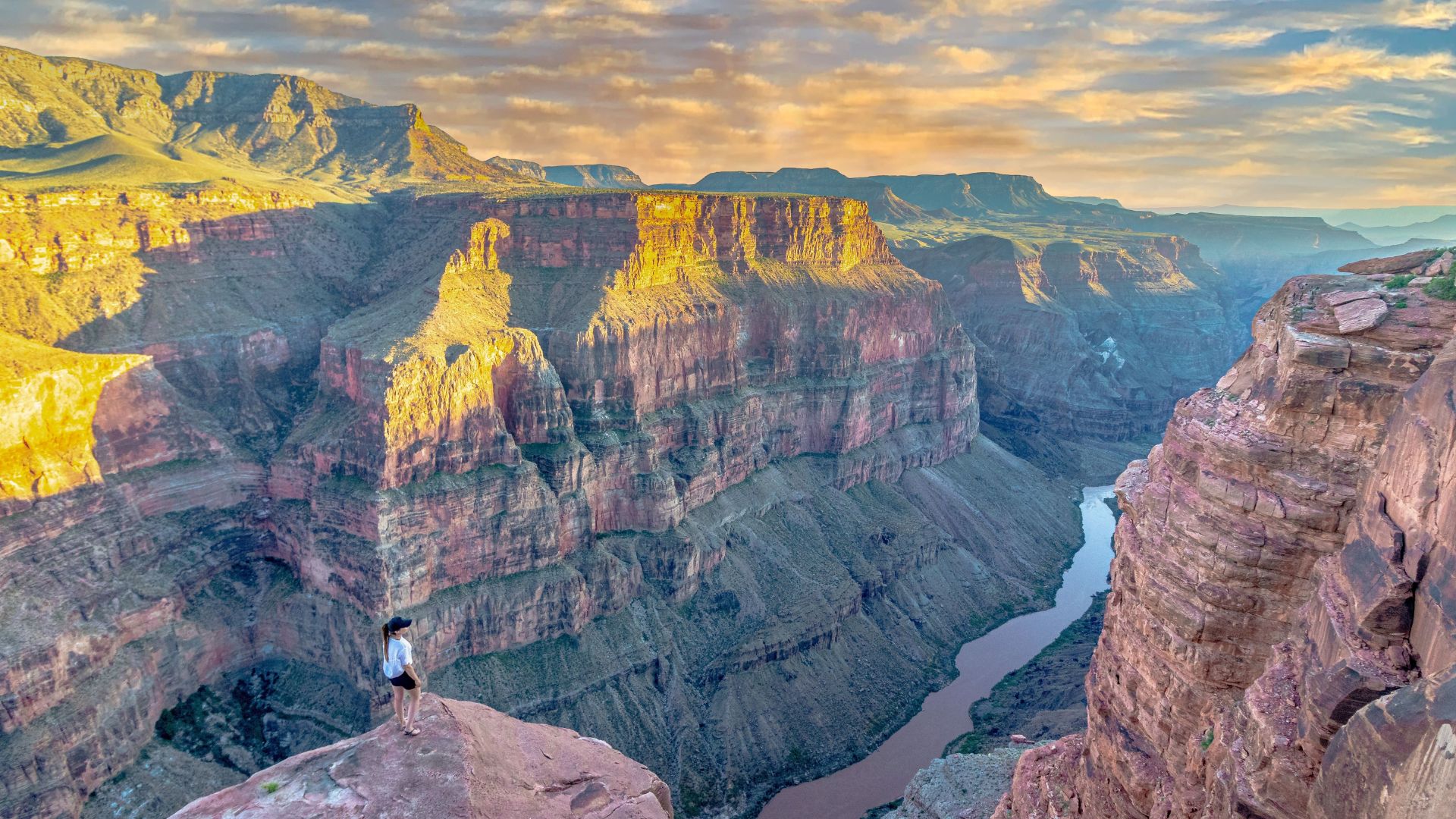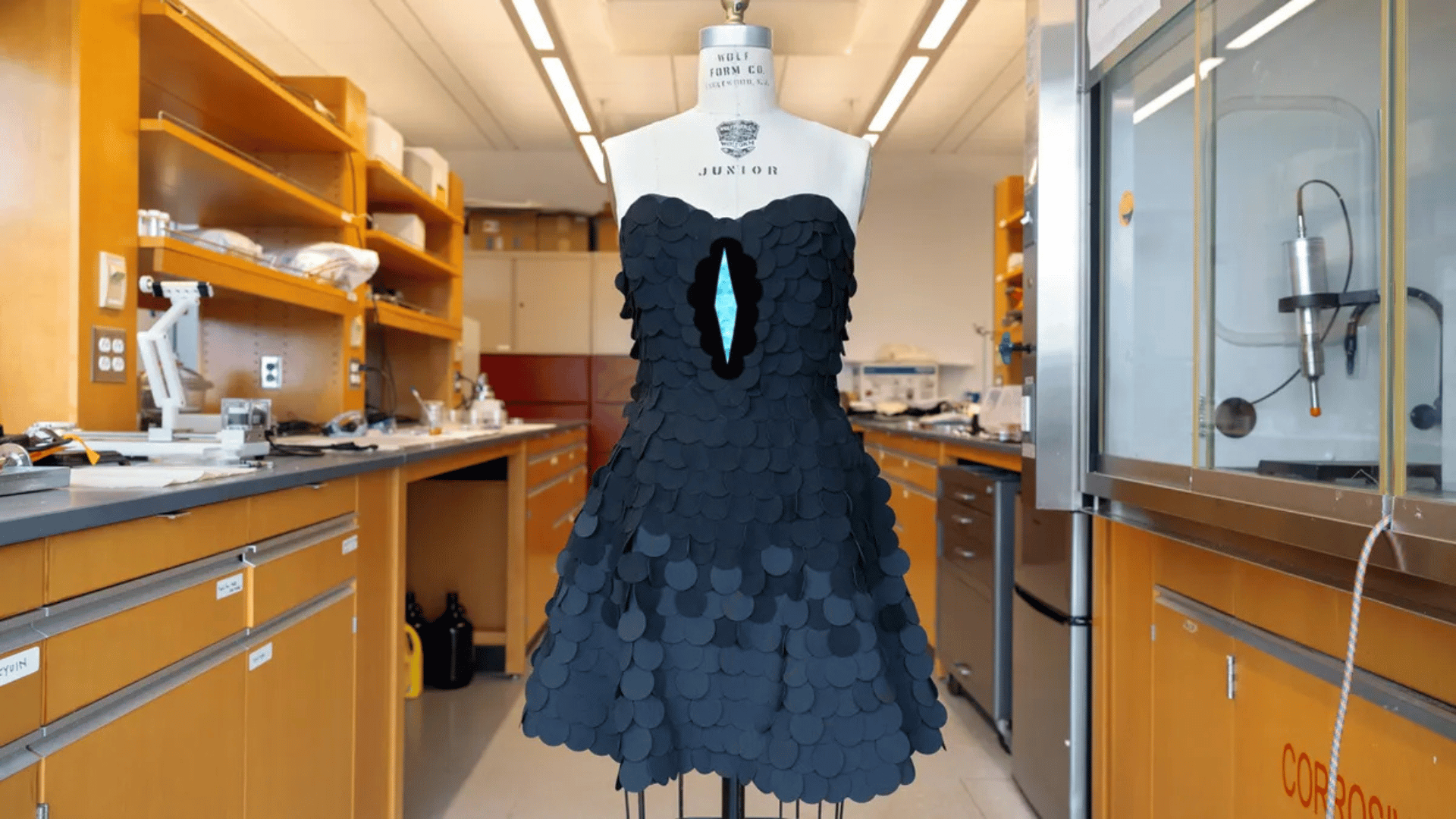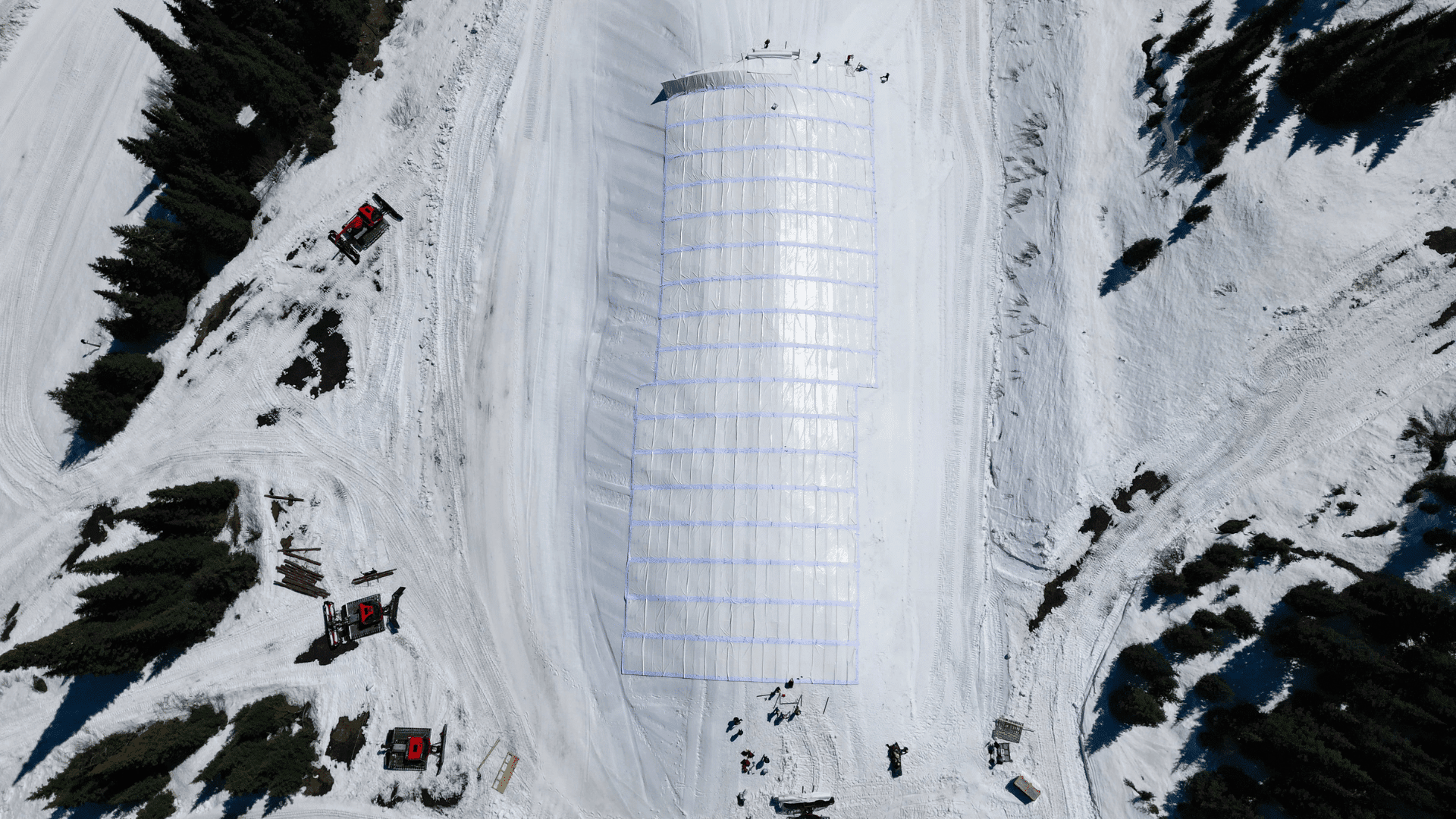A new study published in Geology suggests a connection between a Grand Canyon landslide and the Meteor Crater impact, both dated to around 56,000 years ago. Led by University of New Mexico researchers Karl Karlstrom and Laurie Crossey, with contributions from David Kring of the Lunar and Planetary Institute, the study indicates that the Meteor Crater impact, caused by a multi-megaton asteroid blast, may have triggered a landslide that dammed the Colorado River, forming a 63-kilometer-long paleolake in the Grand Canyon. This paleolake flooded caves, such as Stanton’s Cave, and the study highlights the potential of impact-induced landslides to reshape landscapes, revealing new hazards for future impact events.
New Study Suggests Link Between Grand Canyon Landslide and Meteor Crater Impact
The “striking coincidence” of a Grand Canyon landslide-dam and paleolake triggered by the Meteor Crater Impact 56,000 years ago
WASHINGTON and HOUSTON, July 15, 2025 /PRNewswire/ — A new paper in Geology led by University of New Mexico Distinguished Professors Emeritus Karl Karlstrom and Laurie Crossey, University of Arizona Senior Research Specialist Chris Baisan, and Dr. David Kring of USRA’s Lunar and Planetary Institute (LPI), with other collaborators, links two iconic geologic landmarks of the American Southwest: the Grand Canyon and Meteor Crater. The article highlights the striking coincidence in the geologic ages of an asteroid impact and a landslide dam that blocked the Colorado River, forming a paleolake in the Grand Canyon about 56,000 years ago.
The presence of driftwood and lake sediments has long been known in Stanton’s Cave in Marble Canyon of eastern Grand Canyon. The mouth of the cave is 150 feet above the river, so geologists wondered how and when the driftwood got there.
“It would have required a ten-times bigger flood level than any flood that has happened in the past several thousand years. Or maybe they are very old deposits left as the river carved down, or maybe they floated in from a paleolake caused by a downstream lava dam or landslide dam? We needed to know the age of the cave deposits,” said Karlstrom.
The study has a compelling backstory involving multiple generations of scientists, advances in scientific methods, and an international team of collaborators. In the 1960s, scientists found evidence of extinct ice-age species and split-twig figurines made by ancestors of tribes that live around the Grand Canyon today. The driftwood was dated to be older than 35,000 years, which was near the limit of the radiocarbon dating method at the time. The new paper, using new methods and analyses from two labs in New Zealand and Australia, reports a date of 56,000 years old.

David Kring, who served as senior science advisor at Meteor Crater for 24 years, has been working to recalculate Meteor Crater’s age, with estimates ranging between 49,000 and 63,000 years using different methods. In 2010, he reported a 56,000-year-old age, similar to the new Grand Canyon driftwood age. For the new study, he also calculated the shock wave and seismic consequences of the impact event on the Grand Canyon region.
The team’s results suggest a landslide dammed the Colorado River 56,000 years ago, generating a paleolake that was 63 kilometers long. That paleolake flooded caves, like Stanton’s cave, high in the cliffs of the Grand Canyon. Because the landslide appears to have the same age as Meteor Crater, the team suggests the multi-megaton Meteor Crater impact blast caused the landslide.
Kring, who has written about the physics of this and other impacts, calculated the impact would have set off a magnitude 5.4 earthquake (or even M6 using different assumptions) and that the seismicity would still have been ~M3.5 to M4.1 after traveling (in seconds) the 160-mile distance to the cliff that collapsed to form the landslide dam. Rock falling nearly 6,400 feet from the canyon rim would have produced a secondary blast wave as it swept across the river.
This study reveals an additional hazard of future impact events: the potential of landslides in mountainous regions, which can disrupt communities and reshape landscapes.
“This study illustrates a surprising gap in our understanding,” Kring said. “Meteor Crater is the best-preserved impact site on Earth, located in the wealthiest, most technologically advanced country in the world. Yet we still know very little about the asteroid impact that formed it and the consequences that impact may have had.”
Kring has dedicated his career to studying impact events, including the discovery of the dinosaur-killing Chicxulub impact crater, but adds “I am still looking for funds to properly study Meteor Crater and uncover the evidence it contains about the hazards posed by impact events past, present, and future. While such a project may be less glamorous than a spacecraft mission to another planet, it could be far less expensive and far more consequential.” Moreover, such Earth-bound studies may help geologists better assess the hazards that impact events have for astronaut safety on the Moon.
Kring, who recently wrote about the grand canyons on the Moon, has trained astronauts at Meteor Crater and led numerous field exercises simulating lunar surface operations. Under his leadership, the LPI operated a long-running Field Training and Research Program at Meteor Crater for graduate students, including specialized extravehicular activity (EVA) exercises for those interested in NASA’s Artemis program and future human exploration of the Moon.
The Grand Canyon – Meteor Crater project was an international and multi-institutional effort that also involved Richard Hereford (U.S. Geological Survey), Chris Turney (University of New South Wales), Alan Hogg (University of Waikato), Laura Norman (U.S. Geological Survey), Priya O’Brien (University of New South Wales), Jonathan Palmer (University of Newcastle), Tammy Rittenour (Utah State University), Jason Ballensky (Grand Canyon Cave Research Project), and Laura Crossey (University of New Mexico).
SOURCE Universities Space Research Association
This press release is provided for informational purposes only. TomorrowsWorldToday.com is not responsible for the content, terms, or administration of Universities Space Research Association‘s promotions. Please refer to usra.edu for the most accurate and up-to-date information. Tomorrow’s World Today may receive an affiliate commission if you purchase an independently reviewed product or service through a link on our website.







